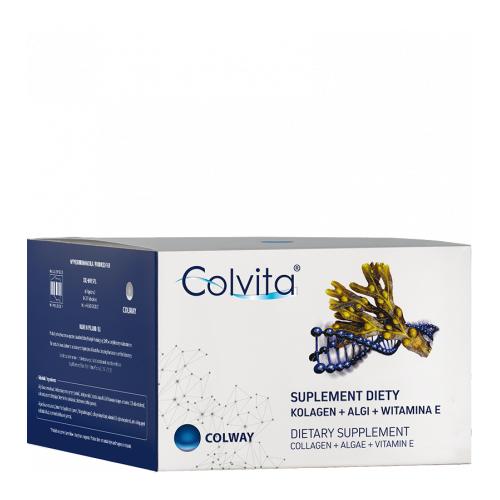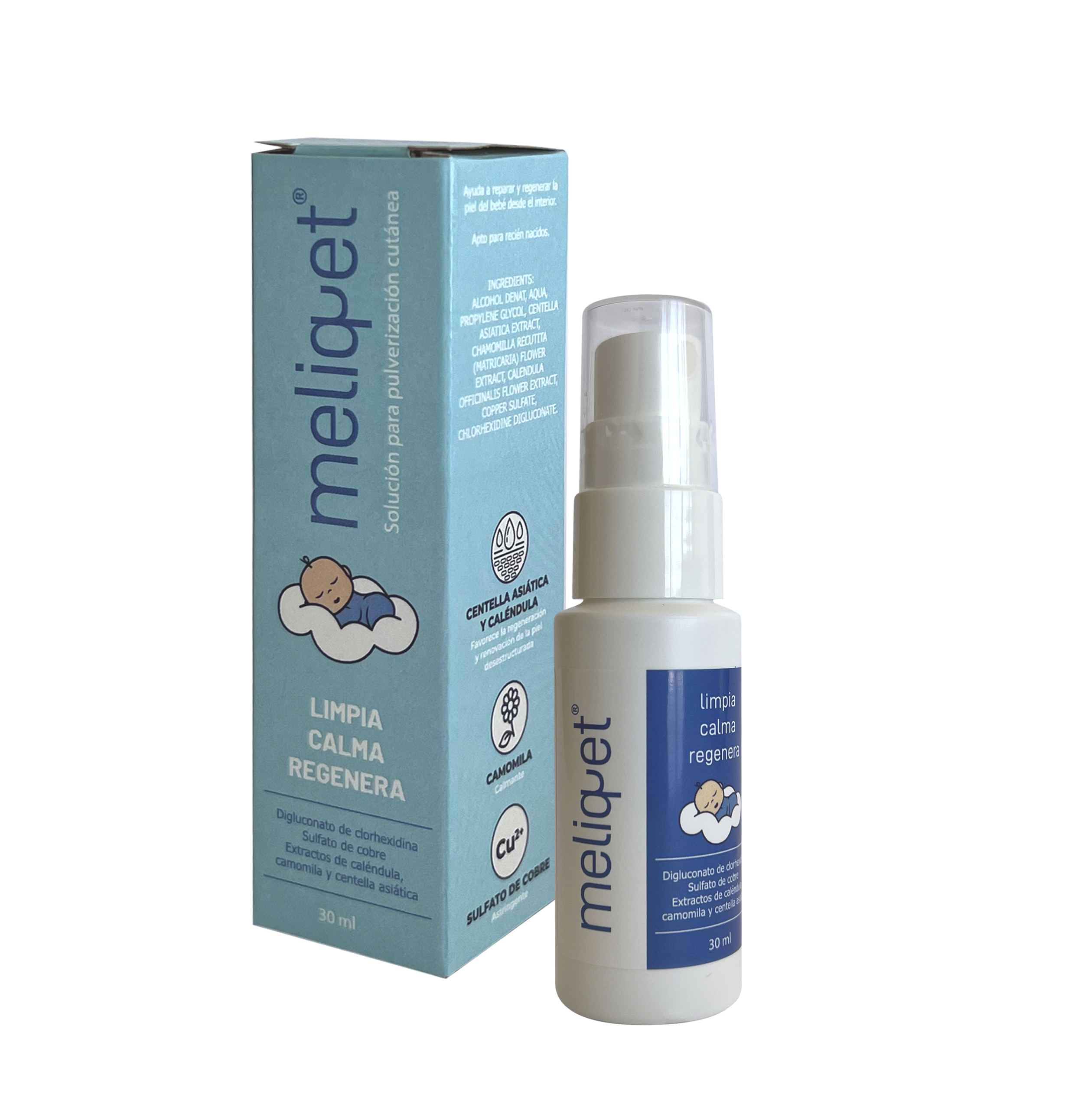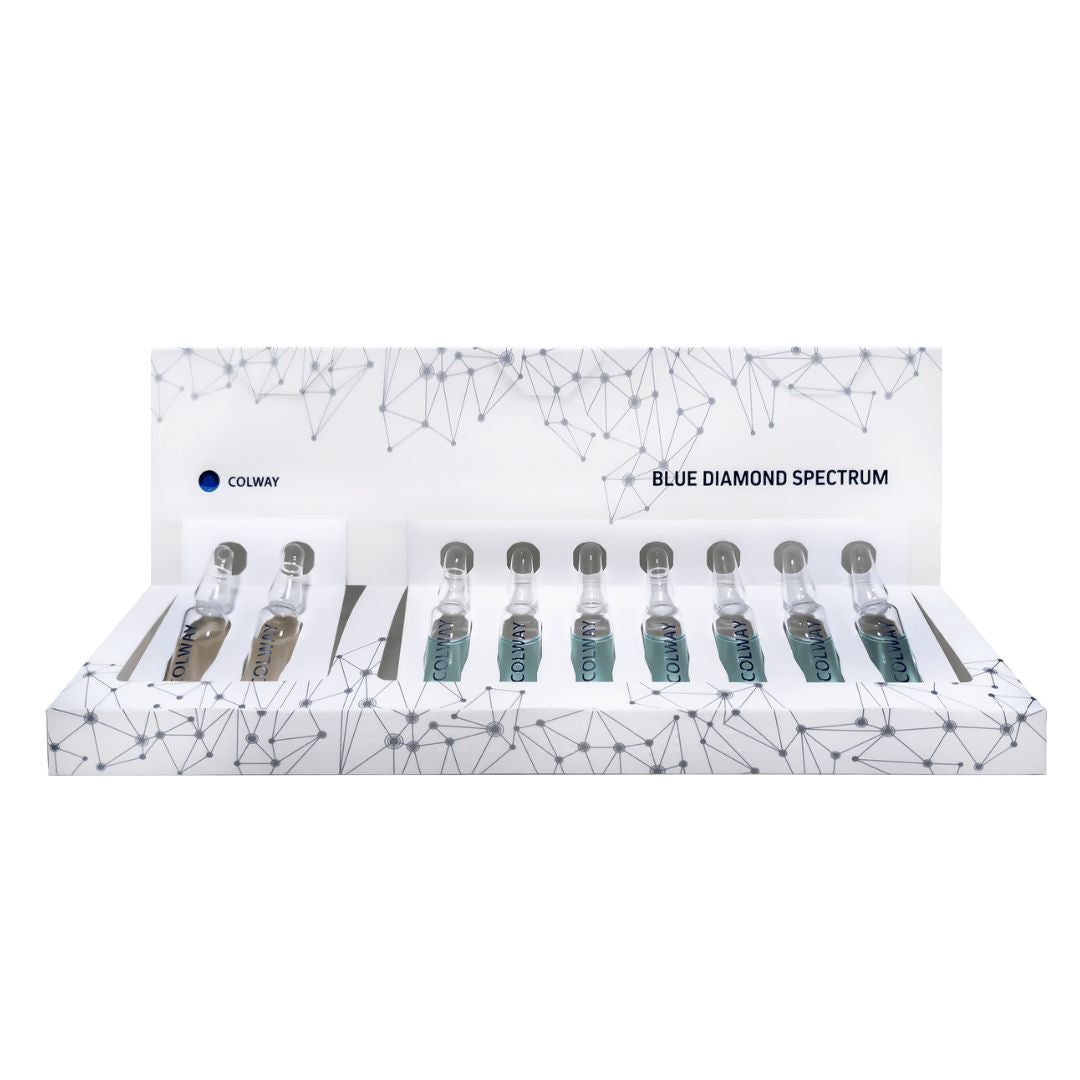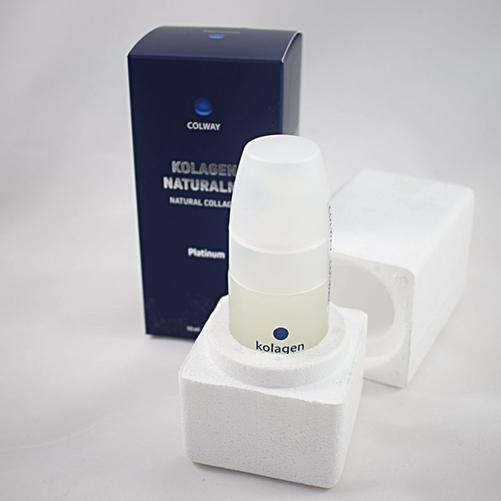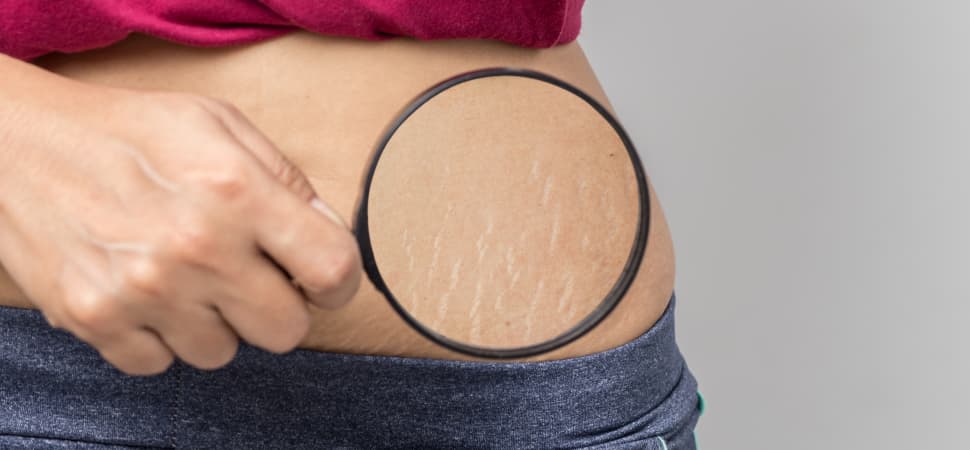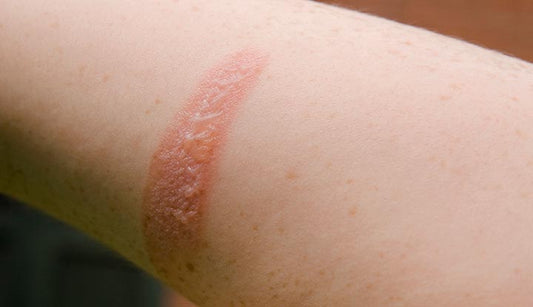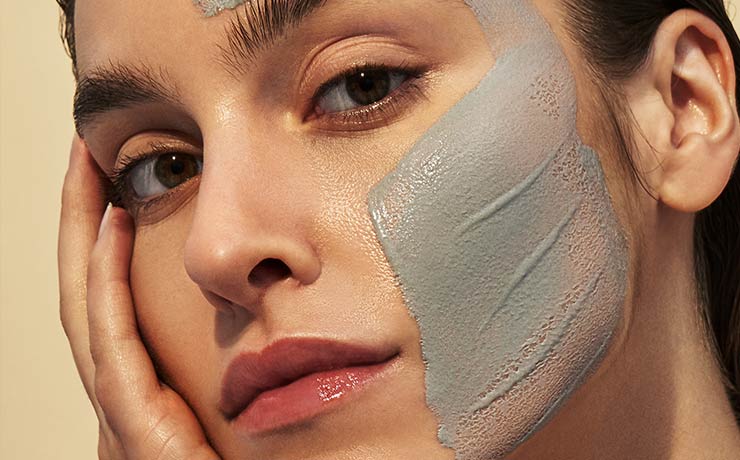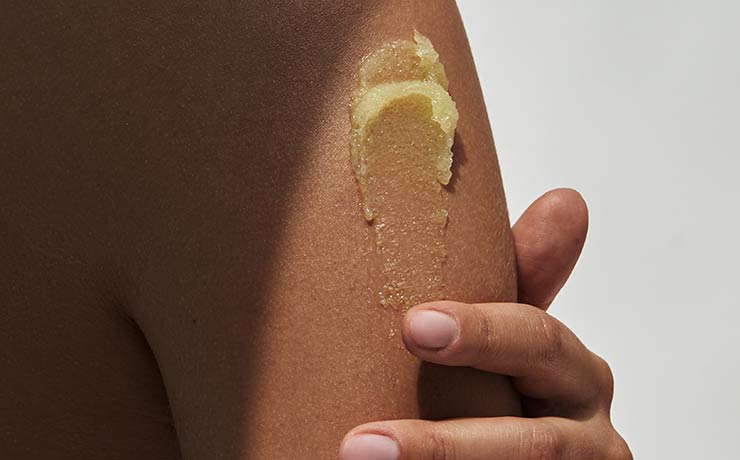Stretch Marks: A Comprehensive Guide to Understanding and Prevention
Introduction
Stretch marks, those fine lines on the skin that can range from barely noticeable to glaringly apparent, have been a significant concern for many people. Though they aren't harmful to health, their appearance can be distressing to some. This in-depth guide will explore everything you need to know about stretch marks, who gets them, why they occur, and the detailed methods to prevent them.
Understanding Stretch Marks: The Role of Skin’s Collagen
Collagen is a critical component of the skin, providing structure and elasticity. It's composed of amino acids that form the connective tissue in our skin. When the skin is stretched beyond its limit due to rapid growth, weight gain, or bodybuilding, the collagen fibers can break, resulting in stretch marks. They often appear as reddish or purplish lines that fade to a lighter color over time.
Who Gets Stretch Marks? Insights into the Affected Groups
1. Pregnant Women
During pregnancy, the body experiences rapid changes. The skin stretches to accommodate the growing fetus, often resulting in stretch marks. They may appear on the stomach, breasts, thighs, and buttocks.
2. Bodybuilders
People who gain muscle mass quickly may also develop stretch marks. The skin is forced to stretch to accommodate the new muscle, leading to these marks.
3. Individuals with Rapid Weight Gain
People who experience sudden weight gain, including adolescents going through growth spurts, may also develop stretch marks.
4. Genetics and Skin Type
Genetics and skin type also play a significant role in the development of stretch marks. Those with less elasticity in their skin are more prone to developing them.
How to Test Your Skin's Elasticity
Understanding your skin's elasticity can be vital in determining your susceptibility to stretch marks. Here’s a simple method to assess it:
- Rest your right hand naturally on a desk.
- With your left forefinger and thumb, squeeze the skin covering your hand together, pulling it upwards. Hold in this position for 3 seconds.
- Let the skin snap back in place. Count the seconds it takes to return to normal. The longer it takes, the worse your skin elasticity.
Prevention: Six Effective Ways to Avoid Stretch Marks
Preventing stretch marks is often more manageable than treating them. Here's a list of six detailed methods to help you ward off those unwanted marks:
- Collagen Enhancement: Include collagen-rich foods in your diet and apply collagen serums to your skin. Collagen boosts skin health and reduces wrinkle depth.
- Hydration: Drink at least 2 liters of water each day, especially during pregnancy. Proper hydration supports skin elasticity.
- Apply Beneficial Oils: Rub coconut oil, shea butter, or cocoa butter daily on areas prone to stretch marks. These fats support cell membrane structure.
- Increase Vitamin C Intake: Natural sources of vitamin C, such as oranges, peppers, apples, and grapefruit, enhance collagen production in the skin.
- Consume Fish Oils: Loaded with omega-3 fatty acids, fish oils promote healthy skin and natural testosterone formation, vital for bodybuilders.
- Monitor Zinc Levels: Zinc is essential for collagen formation. Ensure your diet includes zinc-rich foods, and consult a healthcare professional for supplementation if necessary.
Conclusion
Stretch marks are a common issue affecting various groups, from pregnant women to bodybuilders. By understanding the role of collagen, recognizing the signs of skin elasticity, and employing preventive measures, you can reduce the chances of developing these marks. Implementing the strategies outlined in this guide can promote healthy, resilient skin and help you maintain a clear and confident appearance.

